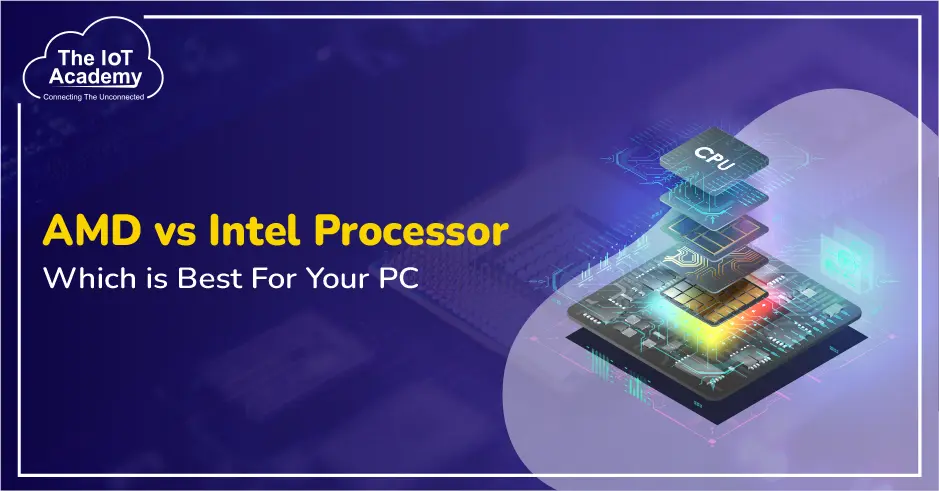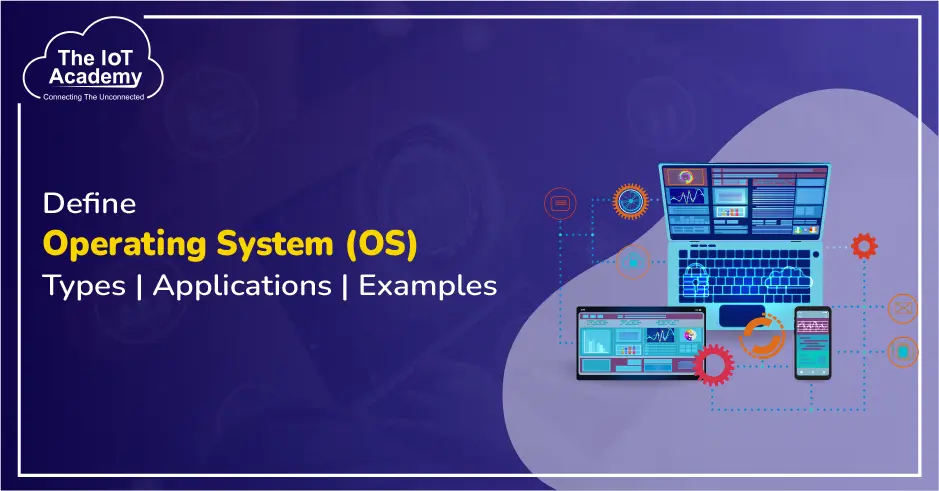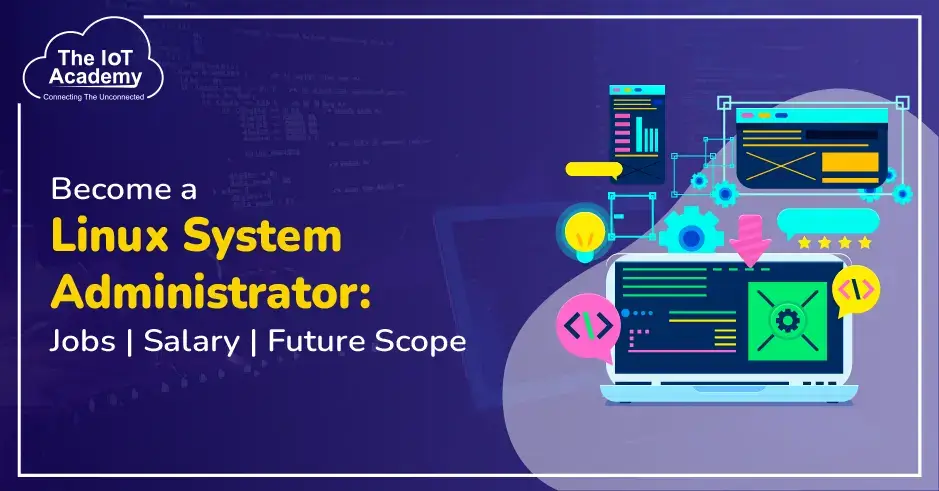What is Embedded Linux RTOS (Real Time Operating System)?
In the realm of embedded systems, efficiency, and real-time responsiveness are paramount. Embedded Linux RTOS (Real-Time Operating System) stands at the forefront of this technology, offering a blend of the reliability of Linux with the stringent timing requirements of real-time systems. In this comprehensive guide, we delve into the intricacies of Embedded Linux in RTOS, exploring its architecture, development, and applications.
What is Embedded Linux RTOS?
Embedded Linux RTOS, also called Linux RTOS or RTLinux. It is a special type of operating system for small devices that must react quickly. It mixes the flexibility and strength of regular Linux with the predictability and fast response of a real-time operating system. This helps small devices manage tasks that must be done quickly. While also using a lot of software and tools from Linux.
Embedded Linux RTOS uses the Linux kernel, which does many things like handling multiple tasks, and managing memory. As well as supporting devices and networks. But it adds extra ways to schedule tasks in real-time, meaning it can react quickly to things happening outside the device. This helps ensure that the device responds promptly to what’s happening around it.
Embedded Linux Architecture
The design of Embedded Linux in RTOS is made specifically for fast embedded systems. It starts with the Linux kernel as the base, which is the main part of the system. Then, extra parts are added on top to make sure the system can react quickly and predictably to what’s happening. Key components of the Embedded Linux RTOS architecture include:
- Real-Time Scheduler: Linux RTOS embedded has a special scheduler that organizes tasks. Based on how important they are and when they need to be done. This scheduler makes sure that tasks that need to be done quickly are finished on time. As well as meeting the system’s needs for reacting fast to things.
- Interrupt Handling: Generally, Interrupts are important for quick responses in real-time systems. Embedded Linux RTOS uses special methods to handle interrupts efficiently, making sure there’s little delay and they’re dealt with promptly.
- POSIX Compatibility: Embedded RTOS Linux works with a standard called POSIX. Which makes it easy for developers to use software that follows the same rules. Also, this means they can use existing applications and tools in their embedded systems without any trouble.
Embedded Linux Development
To create programs for Embedded Linux RTOS. As well as you need to know how to work with Linux and understand real-time programming methods. Here are the key steps involved in embedded Linux development:
- Cross-Compilation: Because embedded systems don’t have a lot of resources. Also, developers usually make their programs on a more powerful computer first, then move them to a smaller device. Special tools help make sure the programs will work correctly on the smaller device.
- Kernel Configuration: Changing how the Linux kernel works is important to make it fit the needs of the small device. This means turning on or off certain parts and choosing the right drivers for devices. As well as making sure the settings are right for fast responses.
- Real-Time Programming: Making programs for Embedded Linux RTOS that need to work fast needs careful planning. This means paying close attention to when things need to happen and how much of the device’s resources they use. Developers have to focus on the most important tasks and try to avoid anything that might make the timing unpredictable.
Real-Time Embedded Components and Systems with Linux and RTOS:
Embedded Linux RTOS finds applications in a wide range of real-time embedded systems, including:
- Industrial Automation: Embedded Linux RTOS is widely used in industrial automation systems for tasks such as process control, monitoring, and data acquisition. Its real-time capabilities ensure timely response to sensor inputs and control signals.
- Automotive Electronics: In the automotive industry, Embedded Linux RTOS powers various components and systems, including infotainment systems, navigation systems, and advanced driver assistance systems (ADAS). Real-time responsiveness is critical for safety-critical functions such as collision avoidance and adaptive cruise control.
- Consumer Electronics: From smart home devices to wearable gadgets, embedded Linux RTOS is prevalent in consumer electronics products that require real-time interaction with users or external sensors.
Embedded Linux Projects
The Embedded Linux projects are simple IoT gadgets or complex systems in cars, factories, hospitals, and more. Here are a few project ideas:
- Smart Home Automation System: Make a system using Raspberry Pi or BeagleBone Black to control stuff in your home like lights, thermostats, and security cameras.
- Industrial IoT Gateway: Make a small computer that collects information from sensors and machines at work, and sends it to the internet for analysis.
- Medical Monitoring Device: Make a small device that checks your health using a computer inside. It measures things like heart rate and oxygen levels. Keep the information safe and follow the rules for medical stuff.
- Automotive Infotainment System: Linux for Embedded Systems Make a computer system for cars that can show maps, play music and videos, let you talk without holding your phone, and work with apps on your smartphone.
- Drone Flight Controller: Make a computer for drones that can fly by itself, follow GPS directions, and avoid things in their way using sensors.
Conclusion
Embedded Linux RTOS represents a convergence of two powerful paradigms: the versatility of Linux and the determinism of real-time operating systems. By leveraging this technology, developers can build sophisticated embedded systems that meet stringent real-time requirements while benefiting from the rich software ecosystem of Linux. Whether in industrial automation, automotive electronics, or consumer electronics, Embedded RTOS continues to drive innovation in the field of embedded systems.
To fully harness the potential of Embedded Linux RTOS and embark on a journey of mastering embedded systems development, we recommend considering an embedded system certification course. By investing in education and training in this field, developers can unlock new opportunities, and advance their careers.
Frequently Asked Questions
Q. What is the difference between FreeRTOS and embedded Linux? Ans. FreeRTOS is for small devices, like those in toys, with basic functions. Embedded Linux is for bigger devices, like computers in cars, with lots of features and options. Linux needs more stuff to run but can do more things than FreeRTOS.
Q. How big is the embedded Linux OS? Ans. Embedded Linux sizes differ a lot depending on what you need. Simple versions can be just a few megabytes, while complex ones might need gigabytes. The size depends on things like what parts of the Linux system you use and what extra software you add.
 Advanced Certification in Applied Data Science, Machine Learning & IoT By E&ICT Academy, IIT Guwahati
9 months
Advanced Certification in Applied Data Science, Machine Learning & IoT By E&ICT Academy, IIT Guwahati
9 months
 Online Certification in Applied Data Science, Machine Learning and Edge AI By E&ICT Academy, IIT Guwahati
6 months
Online Certification in Applied Data Science, Machine Learning and Edge AI By E&ICT Academy, IIT Guwahati
6 months
 Certification in Data Science and Machine Learning With Python By The
IoT Academy Noida
180 Hrs
Certification in Data Science and Machine Learning With Python By The
IoT Academy Noida
180 Hrs





